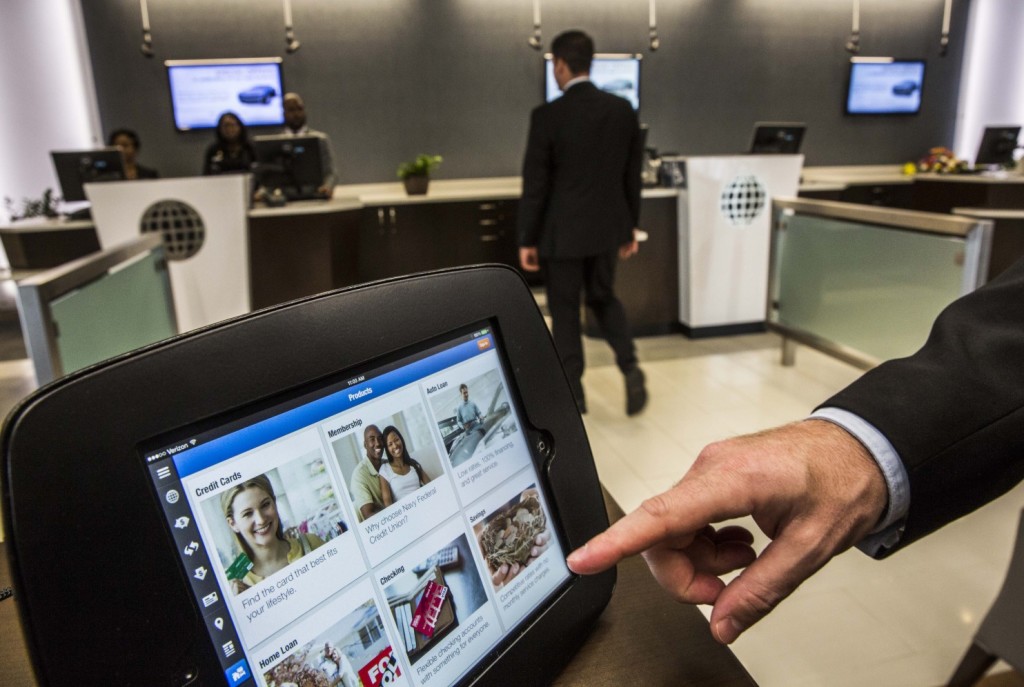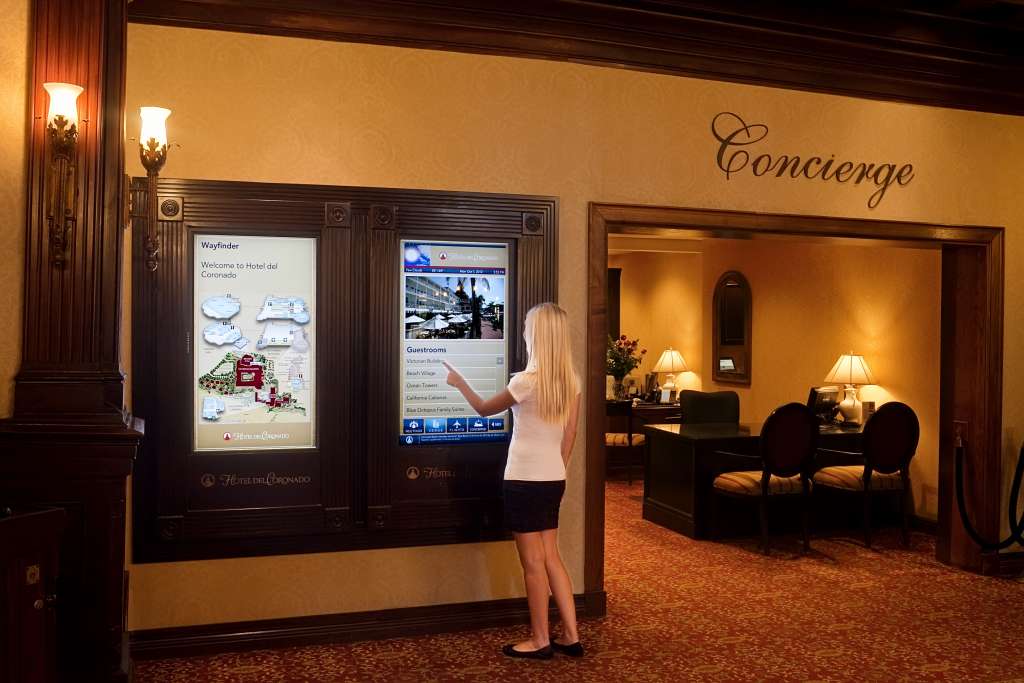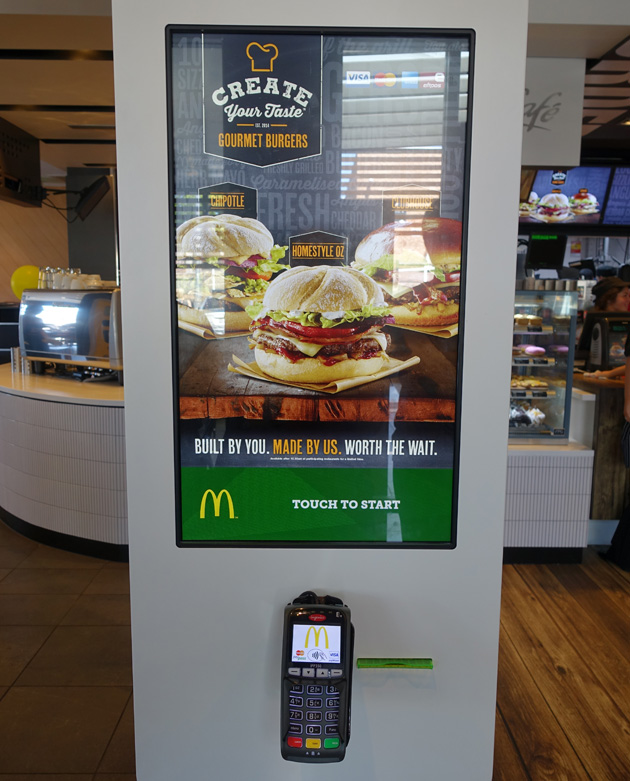The D.C. area is home to four of the top ten richest counties in the country.
For businesses that cater to these local customers, the concentration of wealth provides an excellent opportunity for driving revenue but also presents unique challenges for improving customer engagement.
One way to enhance engagement, especially with customers with high disposable incomes, is by incorporating personalization through the use of digital kiosks.
When deals and specials don’t drive sales
More wealth means more disposable income. While discounts and price drops remain attractive even to the wealthy, it simply is not a sustainable way for long term engagement with customers. Customers, especially the wealthy in the region, aren’t as motivated to make a purchase simply based on deals, coupons, and discounts as other consumers. Rather, businesses have to go beyond price-driven relationships and think about how to engage customers with personalized, sophisticated experiences.
In the age of technology, where people spend the majority of their waking hours interacting with a screen, digital channels provide the easiest and most direct route to engage customers. Digital signage kiosks in particular provide a familiar and engaging platform that allows businesses to provide immersive experiences that are highly targeted.
Selling sophistication
When used correctly, digital kiosks signal to customers that a business is forward-thinking and tech-savvy. This sells sophistication, and customers will bite.
Let’s take a look at a few applications of digital kiosks and how they elevate the customer experience:
- Doctor’s offices and clinics with check-in kiosks will have faster check-in times and reduced back-and-forth between the patient and receptionist. Displaying trivia and wait times on the screens will reduce perceived wait times, a big pain point for the healthcare industry.
- Spas can display welcome messages for bridal parties, birthday parties, etc., to further personalize the visit. Displaying staff bios and social media posts on the digital screens familiarizes customers with the business and encourages engagement even after the customer has left the property.
- Rather than displaying news, banks can display mortgage rates and stock tickers in the branches, and add check-in kiosks for customers to complete any necessary forms while they wait for their number in the queue.
- Realtors can replace static signs with digital window displays showing local listings, points of interests such as schools, shopping, churches, etc., available showings, and even realtor profiles. Making virtual tours available on digital kiosks in the office gives potential home owners an opportunity for discovery and exploration, and the realtor a chance to wow them.
- In retail locations digital kiosks present an endless aisle where customers can search for and order items not in the store. Stores such as Bloomingdale’s and ZARA have installed kiosks in their changing rooms where customers can ask for alternate colors and sizes. Kiosks can even recommend items that would complement the original.
- Restaurants are also using digital kiosks. McDonald’s, Wendy’s and Panera are just a few that have introduced kiosks for shorter lines, improved accuracy, and personalization – customers can save their order modifications as favourites or order from their history.
The use cases are virtually endless. Digital kiosks can display weather, traffic, event listings, emergency alerts, wayfinding and building directories, corporate communication, etc.
Impressive ROI
In addition to improving the customer experience, digital kiosks also improve efficiency and reduce overall operating costs.
They eliminate the cost of printing static signs, allow brands to instantly update their messages for real-time interaction with their customers, and add visual appeal to a venue or building. Also, when the kiosks display important customer-facing information, employees will spend less time answering questions and more time on pressing tasks, thus improving their productivity.
The D.C. area is home to a unique demographic that is primed to make purchases using a wealth of information. They also expect more from their actual shopping experience. For this group and in instances when discounts don’t drive sales, kiosks are providing the perfect complementary service within brick-and-mortar environments.
Jacqueline Hoffmann is a Solutions Consultant at Mvix, a leading provider of content-rich digital signage solutions. She leads the Washington, D.C. team, working with designers and engineers to build digital signage networks that connect brands with people. To learn more about Mvix, please visit www.mvixdigitalsignage.com or call 703.584.4304.




